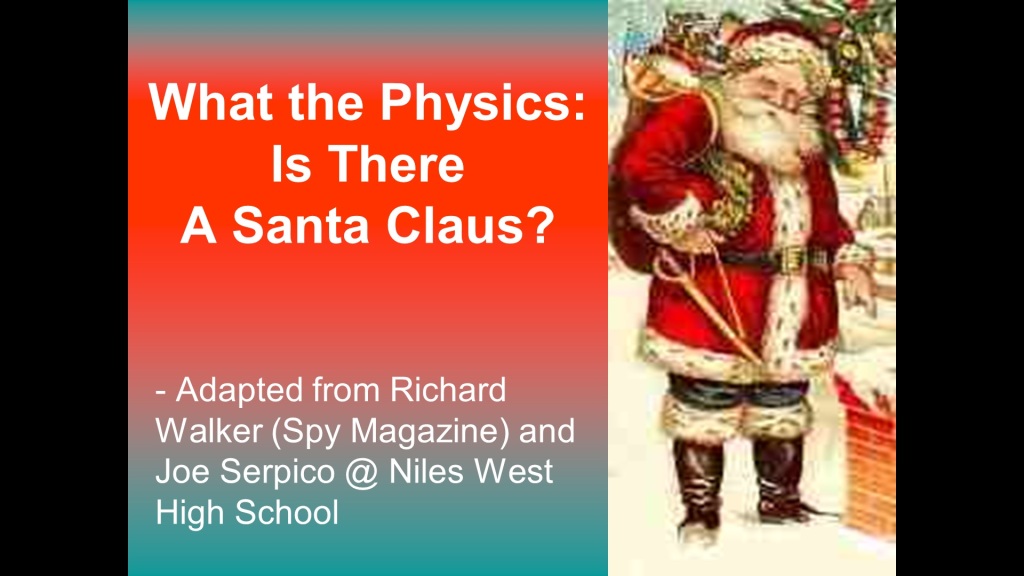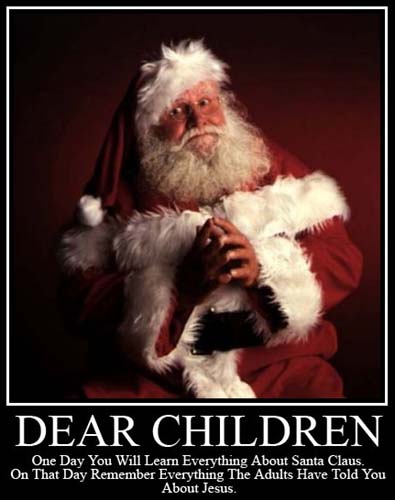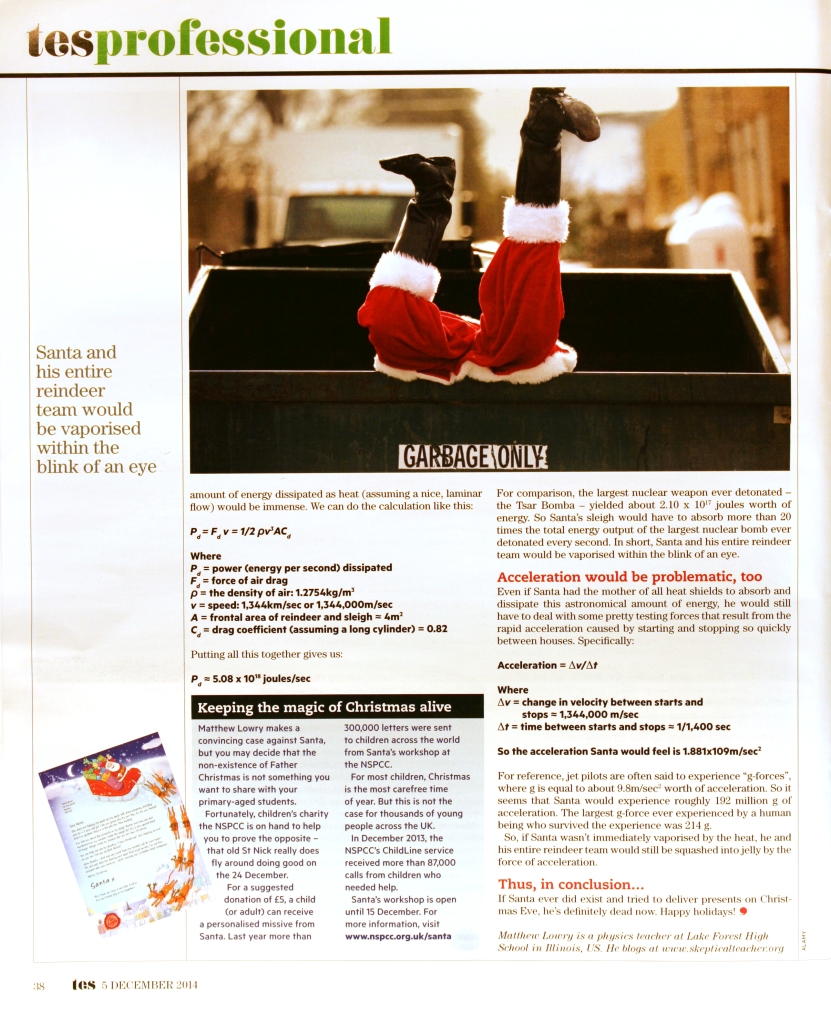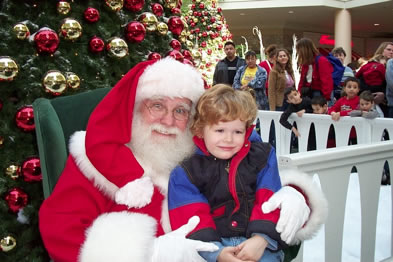Posts Tagged ‘mythology’
Posted by mattusmaximus on September 4, 2016
Chances are that if you mention the name “Mother Teresa” to a random person, they will associate her with all manner of great and wonderful activities, such feeding the poor and aiding the sick and dying. Indeed, MT is almost universally accepted as the model of a good and selfless person. But, as with all myths, the reality is quite different and not so rosy.
Since the Vatican is about to declare Mother Teresa a “saint”, I think it’s appropriate to remind people of some unpleasant facts about her. One of MT’s earliest and harshest critics was Christopher Hitchens, who authored this article for Slate in 2003, wherein he refers to her as a “fanatic, fundamentalist, and fraud.” Here’s an excerpt:
… MT was not a friend of the poor. She was a friend of poverty. She said that suffering was a gift from God. She spent her life opposing the only known cure for poverty, which is the empowerment of women and the emancipation of them from a livestock version of compulsory reproduction. And she was a friend to the worst of the rich, taking misappropriated money from the atrocious Duvalier family in Haiti (whose rule she praised in return) and from Charles Keating of the Lincoln Savings and Loan. Where did that money, and all the other donations, go? The primitive hospice in Calcutta was as run down when she died as it always had been—she preferred California clinics when she got sick herself—and her order always refused to publish any audit. But we have her own claim that she opened 500 convents in more than a hundred countries, all bearing the name of her own order. Excuse me, but this is modesty and humility?
And if that isn’t bad enough, check out this investigation of MT and the con job of her mythology and its propagation by the Vatican from Penn & Teller’s show Bullshit (warning: some of the images are disturbing).
Last, but not least, there are critics of MT from within India, who have been demanding accountability from her organization for years. One such critic is Dr. Aroup Chatterjee, who grew up in Calcutta amid MT’s organization that supposedly helped the sick and dying poor of the city. His article in the New York Times is scathing:
Over hundreds of hours of research, much of it cataloged in a book he published in 2003, Dr. Chatterjee said he found a “cult of suffering” in homes run by Mother Teresa’s organization, the Missionaries of Charity, with children tied to beds and little to comfort dying patients but aspirin.
He and others said that Mother Teresa took her adherence to frugality and simplicity in her work to extremes, allowing practices like the reuse of hypodermic needles and tolerating primitive facilities that required patients to defecate in front of one another.
Wow. That’s pretty rough stuff. It almost makes one want to question the motives of the Vatican, doesn’t it? Why would the Catholic Church create and propagate this myth of Mother Teresa, her “saintliness”, and the supposed miracles she performed? Maybe it has something to do with the institutional corruption and scandal brought on by rampant sexual abuse and related cover-ups?
Ah well, nothing like that old-time religion to distract one from some unpleasant facts.
Posted in religion | Tagged: Aroup Chatterjee, Bullshit, Calcutta, Catholic, Catholic Church, Christ, Christopher Hitchens, con job, corruption, criticism, critics, deception, dying, fake, fanatic, fraud, God, Hitchens, homes for the dying, Jesus, Mother Teresa, myth, mythology, nuns, Penn and Teller, poor, religion, saint, sainthood, suffering, Vatican | Leave a Comment »
Posted by mattusmaximus on March 27, 2016
Easter is upon us, and while I do not celebrate the holiday (seeing as how I’m not Christian) I think it is worth noting it due to its out-sized presence in U.S. society and around the world. Specifically, in the spirit of educating about the various mythologies and misconceptions surrounding Easter, I would like to share with you the Ultimate Easter Quiz from my friend Phil Ferguson’s Skeptic Money blog (at the appropriate time, feel free to also check out his post about the related Ultimate Christmas Quiz).
For the full details, as well as the answers to the questions, you’ll have to click here. But before you do, try your hand at the questions below, then check your answers and see how well you did. Then share the Quiz with others to test their knowledge! 🙂
[Addendum: for those interested, you might like my related, earlier post that asks What is the Physical Evidence for the Existence of Jesus?]
The Ultimate Easter Quiz
By David Fitzgerald
1. When did Jesus get crucified?
a. At the 3rd Hour (9am), on Friday, the morning of Passover.
b. Shortly after the 6th Hour (noon), on Friday, the day before Passover.
c. He didn’t really get crucified, his identical twin Thomas Didymus did.
d. He didn’t really get crucified, he only appeared to be crucified.
e. We don’t know for sure, since the gospels disagree irreconcilably.
2. What supernatural events occurred at his death?
a. An earthquake hits Jerusalem (actually, two); strong enough to break stones.
b. Supernatural darkness covers all the land.
c. The sacred temple curtain spontaneously rips in half.
d. A mass resurrection of all the Jewish holy men, who crawl out of their graves and appear to many in Jerusalem.
e. All of the above, depending on which Gospel you read.
3. What historical evidence do we have for those supernatural events?
a. Every major ancient writer of the time worldwide mentioned them.
b. Many important writers in Judea discuss them.
c. Several writers in Jerusalem mention them.
d. No one mentions them, but we do have archeological evidence for them.
e. There is not a single lick of evidence for any of them, written or otherwise.
4. How many women went to the tomb?
a. Three: Mary Magdalene, James’ mother and Salome.
b. Two: Mary Magdalene and “the other Mary.”
c. Lots: Mary Magdalene, Joanna, James’ mother Mary and other women.
d. Just one: Mary Magdalene.
e. No way to know, since none of the Gospels agree.
5. What did they find there?
a. A young man, sitting inside the tomb on the right.
b. Two men, standing inside.
c. Two angels sitting on each end of the bed.
d. An armed guard of Roman soldiers standing watch, when suddenly a great earthquake occurs, and an angel descends from heaven, his face blazing like lightning and his clothing white as snow; the Roman guards are utterly terrified and all faint dead away; the angel rolls away the stone and sits on it.
e. No way to know, since none of the Gospels agree.
6. What happened after the visit to the tomb?
a. The women ran away in terror and never told anyone what they saw.
b. Jesus appears, is initially mistaken for the gardener, and then is tenderly reunited with Mary.
c. The women tell the disciples, who don’t believe them.
d. Peter runs and beats everyone to the tomb; or possibly gets beaten by one of the other disciples.
e. No way to know, since none of the Gospels agree.
7. Where/when did the risen Jesus first appear to the disciples?
a. On a mountain in the Galilee (60-100 miles from Jerusalem), just as the angel told them he would.
b. We don’t know; we aren’t told anything after the women run from the tomb.
c. He appears to two followers (not disciples) on the road to Emmaus (seven miles from Jerusalem)
d. He materializes in a locked room in Jerusalem as the disciples are at dinner.
e. No way to know, since none of the Gospels agree.
8. When/Where did Jesus ascend back to heaven?
a. Jesus returns to heaven on the same day he arose, right after dinner, from a room in Jerusalem.
b. We don’t know exactly, but it’s at least 8 days after the resurrection, when the despondent apostles have gone back to being fishermen on the sea of Tiberias.
c. After his resurrection, Jesus spends at least 40 days of teaching his disciples in Jerusalem before ascending to heaven from the Mt. of Olives.
d. Jesus didn’t ascend into heaven; he met his disciples in the mountains of Galilee and told them he would be with them always.
e. We don’t really know; Luke is the only gospel writer who actually mentions the ascension.
9. Who wrote these gospels, anyway?
a. Matthew, Mark, Luke, John – I mean, come on, it says so right there.
b. Actually, none of the gospels even claim to be written by eyewitnesses – all were originally anonymous and written at least a generation later.
c. Well, it’s more like the end of first century for Mark and sometime in the early to mid 2nd century for the others, if you must know.
d. Hold on – Not only that, but Matthew and Luke just reworked Mark gospel, adding their own material and tweaking Mark’s text to better fit what they thought it should say.
e. Get this – if all that weren’t enough, all the Gospels have been edited and added to by later editors, and for the first 200 – 300 years, we have no way to determine how faithfully the originals were preserved.
10. Where does the word “Easter” come from?
a. From the Aramaic word for Passover.
b. It originally was “Eastern Holiday” – referring to the Passover celebrated by Jews in the eastern part of the Roman empire.
c. From est ova, Latin for “Where are the eggs?”
d. From an ancient Celtic pun that means both “Bunnies” and “Chocolate.”
e. from Eastre/Eostre, the pagan Goddess of Spring.
Click here to see the correct answers (scroll down the page)!
Posted in religion, Uncategorized | Tagged: belief, Bible, books, bunny, Christ, Christianity, crucifixion, crucify, David Fitzgerald, death, Easter, eggs, faith, fundamentalist, God, Gospels, historical, holiday, Jesus, Jesus Christ, Jesus of Nazareth, miracle, myth, mythology, quiz, rabbit, raised, religion, resurrection, skeptic, Skeptic Money, Ultimate Easter Quiz | Leave a Comment »
Posted by mattusmaximus on December 19, 2015
A recent article posted by skeptical writer Greta Christina titled No, Virginia, There Is No Santa Claus over at Freethought Blogs caught my eye. In it, she makes a compelling argument for why it is that children should be skeptical of some adults’ attempts to hoodwink them…
… You should be extremely suspicious of anyone who tells you that you’re a bad person for not believing things you have no good reason to think are true. You should be extremely suspicious of anyone who tells you that, in order to experience love and generosity and devotion, you have to believe in Santa Claus, or any other mythical being there’s no good evidence for. You should be extremely suspicious of anyone who tells you that “childlike faith” — i.e., believing things you have no good reason to think are true — is somehow in the same category as poetry and romance. You should be extremely suspicious of anyone who tells you that the world would be dreary without Santa Claus: that without Santa Claus, the light of childhood would be extinguished, we would have no enjoyment except in sense and sight, and existence would be intolerable. That is one seriously messed-up idea.
Adults know that there is no Santa Claus. If they tell you otherwise, they are lying to you. That’s okay: some parents tell their children that Santa Claus is real as a sort of game, and there’s no evidence that this does any real harm. But if anyone keeps lying to you — about Santa Claus, or anything else — when you ask them a direct question and explicitly ask them to tell you the truth? That’s a problem. And if anyone tries to make you feel ashamed, or inferior, or like your life will be dreary and intolerable, simply because you don’t believe in this lie they’re telling you… you should be extremely suspicious. They are trying to manipulate you. It is not okay.
I agree wholeheartedly with Greta’s thoughts on this matter, and I recommend that you read her entire post on the topic. That said, I’d also like to take this opportunity to share (or re-share) some of my previous work on the entire matter of skepticism, education, Santa Claus, and the Holiday Season in general.
1. If Santa ever existed, he didn’t live for long
This is perhaps what I’m most famous (or infamous) for on this topic: I use physics to kill Santa Claus; to be more accurate, I use physics to kill the idea of Santa Claus (because it’s impossible to kill something that doesn’t exist in the first place). Originally, I made a post years ago outlining how, assuming the jolly old elf existed in the first place, Santa would be simultaneously fried to a crisp and squashed into jelly in his attempts to deliver presents on Christmas Eve.
Then, last year, I decided to up my game a bit. I got commissioned to write an article for a UK Education periodical on the topic, and I went so far as to perform the explicit calculations showing that not only would Santa have to absorb the equivalent energy of 20 Tsar-Bomba nuclear weapons every second due to air drag, but he’d also experience roughly 192 million g’s worth of acceleration in the process – more than enough to make short work of him!
Now, I’d like to share with you the specific PowerPoint I use to annihilate the Santa Claus myth. Feel free to download and use it as you will 🙂

2. The Santa Myth isn’t all bad and can serve a skeptical purpose
I’ve argued before that I think the myth of Santa Claus can actually be a very useful tool to promote skepticism and critical thinking in young children. Please note that my argument here is not in any way, shape, or form in opposition to Greta Christina’s well reasoned post above; I simply think that it is good for children to work out for themselves that Santa isn’t real, and once they’ve done that they should give the stink-eye to anyone who tries to give them grief or make them feel bad for not believing in the fairy tale. Even better, once kids figure it out, they should go forth and argue with their peers about the existence of Santa; what could be better than skeptical children promoting critical thinking to other kids?
3. It isn’t all about Santa
While it is perhaps true that Santa Claus is the most popular aspect of the Holiday Season, it certainly isn’t the only myth of the Holiday Season. Once children become skeptical of the existence of Santa Claus, then why not encourage them to ask questions and become more critical of other aspects of the season? For example, they can take the following myths and misconceptions quiz on the issue, examining everything from the more pagan aspects of Christmas to blatant falsehoods regarding the Gospels in the Bible. After all, once one starts to question one myth, then why not another?…

Posted in education, humor, physics denial/woo, religion | Tagged: 12-25, 12/25, article, belief, Bethlehem, Bible, birth, books, Christ, Christ myth theory, Christian, Christianity, Christmas, Christmas Eve, critical thinking, Dec 25, December 25, education, faith, fantasy, fundamentalist, gifts, God, Gospels, historical, holiday, Holidays, humor, Jesus, Jesus Christ, Jesus myth theory, Jesus of Nazareth, kill, lesson, make believe, miracle, myth, mythology, Nativity, Newtonmass, physics, Physics of Santa, quiz, reindeer, religion, Santa, santa claus, skeptic, skepticism, teaching, Ultimate Christmas Quiz, Virgin birth, wise men, X-mas, Xmas | Leave a Comment »
Posted by mattusmaximus on December 20, 2014
Years ago I posted here about how I kill Santa with science, and it goes without saying that doing so can get quite a reaction out of people. Some reactions have been negative, but a surprising number of people have contacted me actually thanking me for killing the Santa myth. In fact, I was recently commissioned to write a formal article on killing Santa with science for TESConnect, an educational magazine and networking organization centered in the UK. I am happy to share with you the full article in all of its colored glory, along with explicit physics calculations, below… Happy Holidays! 🙂




Posted in education, humor, physics denial/woo | Tagged: article, Christian, Christmas, Christmas Eve, critical thinking, education, fantasy, gifts, Holidays, humor, kill, lesson, make believe, myth, mythology, physics, Physics of Santa, presents, reindeer, Santa, santa claus, skepticism, teaching, TESConnect, X-mas, Xmas | 3 Comments »
Posted by mattusmaximus on December 27, 2011
Based upon my recent blog post concerning using mythology as a critical thinking tool for children, I was interviewed a few days ago by my skeptical colleague Kylie Sturgess of the Token Skeptic podcast. In the interview we discussed a variety of topics related to this issue, with a touch of fun thrown in for good measure. Check it out! 🙂
Posted by Podblack on Sunday, December 25, 2011 · Leave a Comment
Podcast: Play in new window | Download (Duration: 27:59 — 25.6MB) | Embed
 Recently Matt Lowry wrote a blog-post on Using Mythology as a Critical Thinking Tool: The Lesson of Santa for Kids – just as Tim Minchin wrote a piece for the New Statesman about his own efforts to balance a pro-naturalistic worldview and living a life unencumbered by superstition, while raising kids and encouraging a love of fiction.
Recently Matt Lowry wrote a blog-post on Using Mythology as a Critical Thinking Tool: The Lesson of Santa for Kids – just as Tim Minchin wrote a piece for the New Statesman about his own efforts to balance a pro-naturalistic worldview and living a life unencumbered by superstition, while raising kids and encouraging a love of fiction.
Matt Lowry is best known as the Skeptical Teacher – a high school physics teacher, plus a part-time physics and astronomy college professor, contributor to the James Randi Educational Foundation Education Advisory Group and awesome presenter for kids’ shows at Dragon*Con.
For this interview we talk about all of these things (and whether Santa might actually be a Time Lord with a sleigh made out of quantum-something-or-other).
During the discussion, we also talk about Barbara Drescher’s blog-post at the JREF Swift: An Argument for Santa, the Tooth Fairy, the Easter Bunny, and (gasp!) Even Jesus. Here’s another great link to the Physics of Santa!
Posted in education, skeptical community | Tagged: analysis, children, Christmas, critical thinking, education, evidence, Holidays, interview, kids, Kylie Sturgess, mall, myth, mythology, observation, physics, podcast, reality, Santa, santa claus, skepticism, Token Skeptic | 4 Comments »
Posted by mattusmaximus on December 20, 2011
As I’ve mentioned before, every year I do a quick physics lesson on Santa Claus, with the result being a devastation of the Santa myth (see my previous post “How I Killed Santa”: The Physics of Santa Claus for more on this 🙂 ) Yeah, I admit it – I’m evil.
Of course, that lesson is more geared towards students who are in their late teenage years, because by then they already know that Santa isn’t real. So, while the humor involved in my analysis is quite dark (Santa dies pretty spectacularly in the end), there isn’t going to be any real psychological trauma done to my students.
However, this year it got something of a debate going among some of my students. Some wondered about the appropriateness of sharing such a lesson with young children, who might still harbor a sincere belief in Santa Claus. Personally, I expressed the view that if I were to try to get my own children (if I had any) to think more critically about the Santa myth, I certainly wouldn’t do it using the same method in my physics classes where he ends up bursting into flames and squashed to jelly by atrociously large g-forces!
So, the question was put to me: “How would you deal with the whole Santa Claus thing if you had kids?” It is a worthwhile question, because I certainly wouldn’t want my kids to be simply blindly believing in Santa just because all the other kids are doing it. Chances are, when the kids are of the appropriate age (I’d think 5 or 6 would be about right), I would ask them some leading questions about the nature of Santa.
Specifically, if I were at the mall with one of my children and there were a worker there dressed as Santa meeting with kids (you know the usual scene), I would encourage them to observe Santa closely…
 Image source
Image source
I would encourage them to note carefully details such as how big is Santa, exactly what is he wearing, and so on. In order to help them with their observations, I would probably take photos for later analysis. Then I would make sure to tell them to pay careful attention to Santa’s voice as they sit on his lap to discuss what Santa and kids discuss (I might also record video of the event for this reason).
After that, I would take my children to another mall (because, let’s face it, most of us do our shopping at more than one place, right?). I would make sure to find the Santa at that second mall, and have my kid go through the entire process again. And so on.
Then, at a later time, I would take some time to sit down and look over the evidence with my children, leading them through it and noting inconsistencies between the multiple Santas they’ve observed. This would be especially interesting if we saw more than one in the same night! (“So Dad, how did Santa get from one mall to the other so quickly?” 😉 )
The bottom line here is that I wouldn’t want to come right out and tell my kids that Santa is a myth (though a fun and jolly one at that). Rather, I would use the entire experience as a lesson for my kids to try thinking it through on their own, making careful observations, weighing the evidence, and drawing the obvious conclusions. I think this would be a far more useful way to introduce children to the reality that Santa isn’t real, and it would also be an excellent exercise in encouraging critical thinking and skepticism in youngsters.
For more on this topic and approach, I highly recommend reading my colleague Barbara Drescher’s well-written post at the JREF Swift blog titled An Argument for Santa, the Tooth Fairy, the Easter Bunny, and (gasp!) Even Jesus.
Posted in Uncategorized | Tagged: analysis, children, Christmas, critical thinking, education, evidence, Holidays, kids, mall, myth, mythology, observation, physics, reality, Santa, santa claus, skepticism | 7 Comments »







